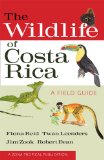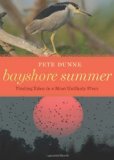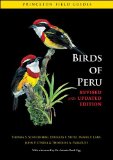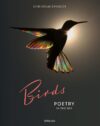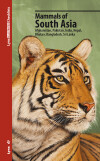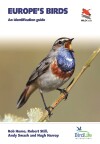Earlier today, Corey of 10,000 Birds posed some interesting questions about bird books. You should head over there and read the entire thing, but it basically boils down to: why do we birders have so many books about birds?
Besides the obvious answer that it allows crazy, obsessive types the excuse to create entire websites devoted to them, it’s a good question. Of course, you have to start with field guides. We legitimately need them for identification, and since birders tend to travel all over the place the field guides can really pile up. But even then, we aren’t satisfied with just one field guide. We need a guide that utilizes paintings as well as one that uses photographs, a larger guide that encompasses the entire continent and smaller regional guides, all-encompassing guides and family-specific ones.
But even so, field guides make up a relatively small portion of my birding library. So why have all the rest? Corey postulates two reasons, and both apply in my case. The first is that I want to learn all I can about birds. That includes how to identify them, obviously. But I also want to know about their biology and behavior. Birds are endlessly fascinating; you can read all you want but you’ll never know it all. Three of the books I’ve read recently have dealt with this, and I learned many interesting things from each one (National Geographic Bird Coloration , The Private Lives of Birds
, The Private Lives of Birds , and Molt in North American Birds
, and Molt in North American Birds ).
).
The other reason Corey gives why birders may be such bibliophiles is that we tend to be a bit obsessive. We have lists for everything else, why not books we’ve read? This is definitely me. I’ve always been a collector. As a kid, it was Star Wars and Batman toys, baseball cards, and comic books. Now it’s bird books (as well as movie, comic, and baseball memorabilia – I don’t think I’ll ever grow up). I’ve wondered if my collector’s mentality is one of the things that attracted me to birding in the first place. Listing is, after all, just another word for collecting.
The final reason that I think I have so many bird books is that I simply enjoy reading about birds and birding, beyond reading for knowledge. I love big year-type accounts and other birding narratives. You’d think that reading about someone else birding would be the most boring thing in the world, but I devour it. I’d wager that the appeal of the numerous bird-art books is readily apparent. And then there’s anything written by Pete Dunne…you get the point.
I don’t think I ever stood a chance. My predisposition to collect, life-long love of reading, and the fact that a bird book got me into birding all conspired to make me a bird book lover. I’m glad that I’m not the only one.
, which looks like a must-get.

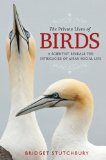
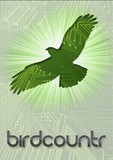
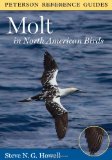 Peterson Reference Guide to Molt in North American Birds
Peterson Reference Guide to Molt in North American Birds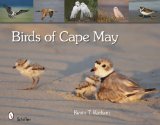 Birds of Cape May
Birds of Cape May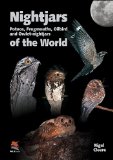 Nightjars, Potoos, Frogmouths, Oilbird, and Owlet-nightjars of the World
Nightjars, Potoos, Frogmouths, Oilbird, and Owlet-nightjars of the World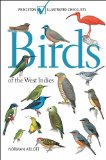 Birds of the West Indies (Princeton Illustrated Checklists)
Birds of the West Indies (Princeton Illustrated Checklists)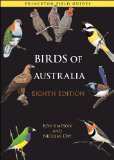 Birds of Australia: Eighth Edition
Birds of Australia: Eighth Edition